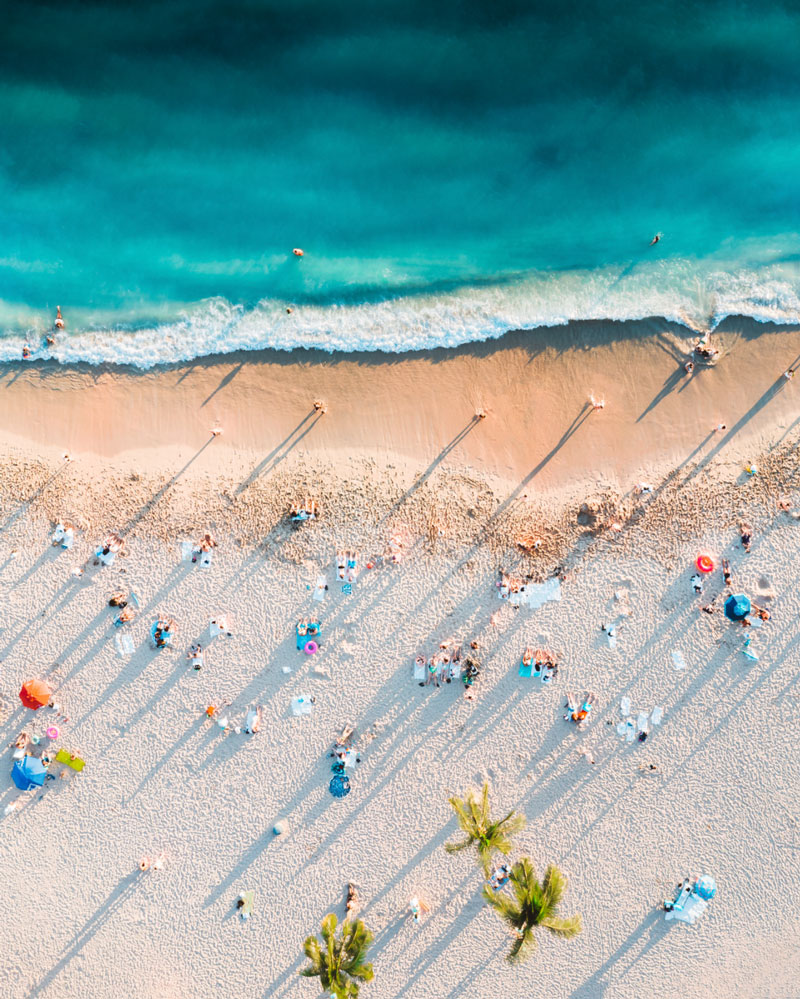If you’re planning to go swimming, snorkeling, or doing any activity in the ocean, there are many things you can do before going to the beach to help reduce your risk of injury.
Know your body’s limits
Your age, health condition, fitness level and swimming ability contribute to how safe being in the ocean is for you. See the checklist to better understand your risk level.
Learn how to swim
Knowing how to swim before you go to the beach is essential. Having general swimming knowledge is the best defense against drowning and reduces your risk of panicking in the water during an emergency.
Be familiar with common ocean hazards
Hawaii’s unique position in the middle of the Pacific Ocean makes beaches here more dangerous than those on continental shorelines. Learn about strong currents and dangerous shorebreak that you may encounter at the beach in Hawaii.
Learn about Hawaii’s surf seasons
Visiting the same beach at different times of year can lead to very different experiences. Learn how seasons affect Hawaii shorelines.
Plan to go with a buddy
Like most activities, going to the beach with another person is a more enjoyable, and much safer experience. In the event of an emergency, your partner could get help and save your life. You should also tell at least one other person what beach you are going to and when you will be back.
Schedule your visit to the beach during daylight hours
Mornings usually provide the best conditions for ocean activities. Bright sunlight and calmer winds provide better visibility. Wind activity often picks up in the late morning or afternoon, which can make paddling back to shore more difficult. Marine life is also active in the morning, providing more opportunities for snorkelers to see the fish below.

If You Plan on Going Snorkeling
If you intend to go snorkeling in Hawaii, you should be an experienced ocean swimmer familiar with the risks and dangers associated with high surf, strong currents, and waves breaking in shallow water.
Take the time before you go to familiarize yourself with the equipment you will be using. Traditional snorkeling gear consists of a snorkel tube, face mask and fins. You should learn how to clear your snorkel tube if it becomes filled with water. Various snorkel types have different ways to clear the tube.
Consider going on a snorkel tour or taking a snorkeling course from a certified instructor. You can also rent equipment from a reputable, licensed company, and ask for a demonstration on how to use the equipment. You should also think about using a floatation device appropriate for snorkeling, such as a floating vest or belt, to help you stay afloat.
